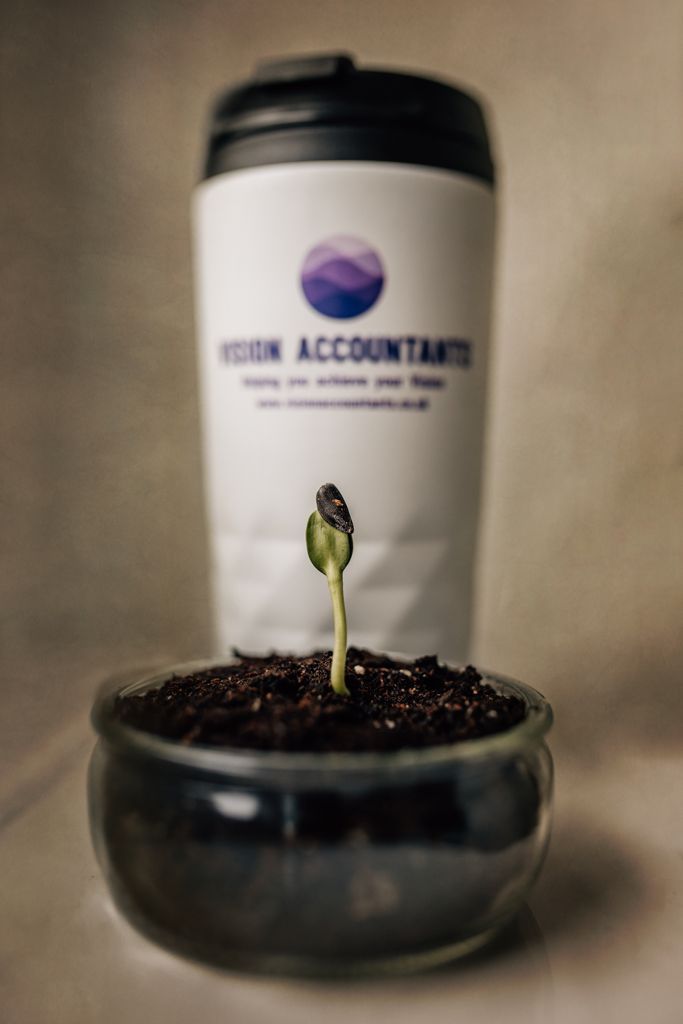EIS/SEIS are both schemes that need HMRC approval.
Most S/EIS investors require the company to have Advance Assurance from HMRC before they invest. If your investors are willing to invest regardless of tax relief, then you don't need to worry about applying for Advance Assurance.
You’ll need to provide:
- The business plan and three year projected financial forecasts
- Pitch Deck
- A copy of your latest accounts
- An up-to-date copy of your memorandum and articles of association
- The information memorandum, prospectus or other document used to explain the fundraising proposal to your investors
- Details of any other agreements between your company and the shareholder
- A list of the amounts, dates and venture capital schemes under which you’ve previously received investment
- Any other documents to show you meet the qualifying conditions
HMRC will usually give you a response within a week, if there’s nothing controversial in the application, allowing you to start issuing certificates to investors


